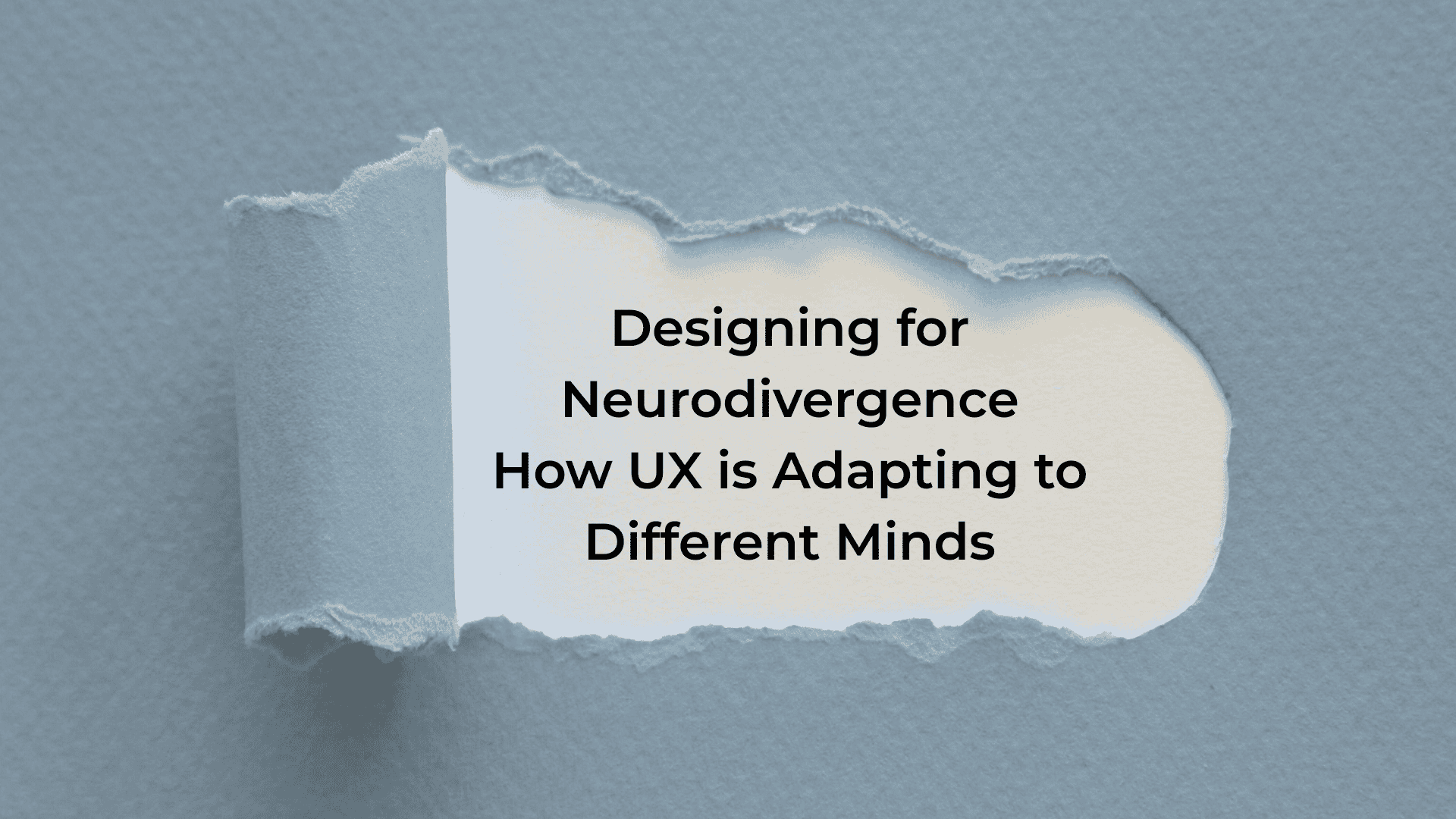The conversation around inclusive design has recently expanded beyond physical accessibility to include a deeper understanding of how people think, process, and interact with technology. This shift has led to a growing focus on neurodivergent users—individuals whose cognitive functioning diverges from what’s considered “typical,” including people with ADHD, autism, dyslexia, and more.
As awareness grows, UX designers are rethinking traditional design principles to create more thoughtful, accommodating, and usable experiences for all types of minds.
What Does Neurodivergence Mean in UX?
Neurodivergence refers to the natural variations in how people think, learn, and perceive the world. In UX, this means recognizing that not all users:
- Read or process text the same way
- Handle visual clutter well
- Respond to animations or interactions in the same manner
- Navigate interfaces linearly or predictably
Instead of designing for a “one-size-fits-all” user, inclusive UX design considers cognitive diversity a core part of the design process.
Why It Matters
1. 1 in 7 people are neurodivergent
That’s a significant user base—ignoring their needs means excluding millions from fully engaging with digital products.
2. Better UX for everyone
Designs that work for neurodivergent users often improve the experience for everyone. (Example: clear layouts help users with dyslexia and those in a rush.)
3. It’s ethical and increasingly expected
Creating accessible tech isn’t just a trend—it’s becoming a standard in inclusive, people-first design.
Design Strategies for Neuro-Inclusive UX
1. Reduce Cognitive Load
- Avoid overly complex interfaces
- Use clear hierarchies and consistent patterns
- Break information into small, digestible chunks
2. Support Focus and Flexibility
- Minimize unnecessary animations or motion
- Offer distraction-free modes
- Allow users to customize layouts or toggle content visibility
3. Use Clear, Consistent Language
- Stick to plain language where possible
- Avoid jargon or idioms
- Use clear headings and labels to support skimming
4. Offer Multiple Ways to Navigate
- Keyboard and voice navigation
- Search, skip links and breadcrumb trails
- Marked buttons and consistent CTA placement
5. Be Mindful of Color and Contrast
- Ensure good contrast ratios
- Avoid relying on color alone to convey information
- Offer themes (like dark mode or dyslexia-friendly fonts)
Real-World Examples
- Microsoft’s Inclusive Design Toolkit helps developers consider diverse cognitive needs.
- Notion and Trello offer flexible layouts that allow users to structure tasks that match their mental models.
- Hemingway Editor simplifies writing—benefiting neurodivergent writers and general users alike.
What’s Next?
As neurodivergent voices become more central in design conversations, we can expect the following:
- More customizable UIs tailored to user preferences
- AI-driven personalization that adjusts complexity based on real-time behavior
- Cross-disciplinary collaboration between designers, psychologists, and users
Designing for neurodivergence is not just a niche practice—it’s the future of human-centered UX.
